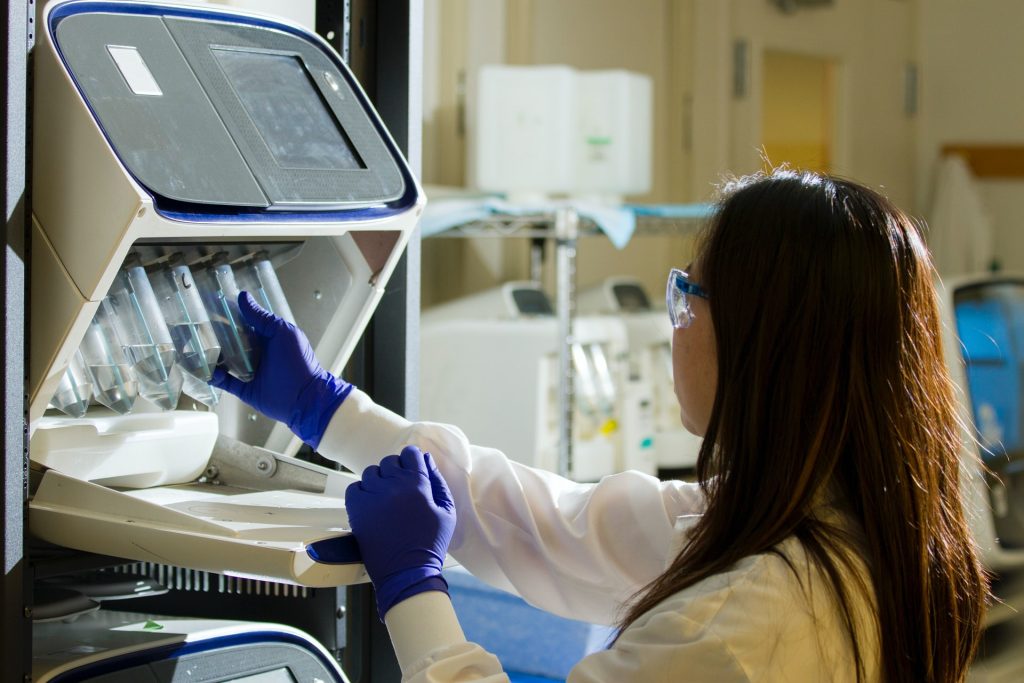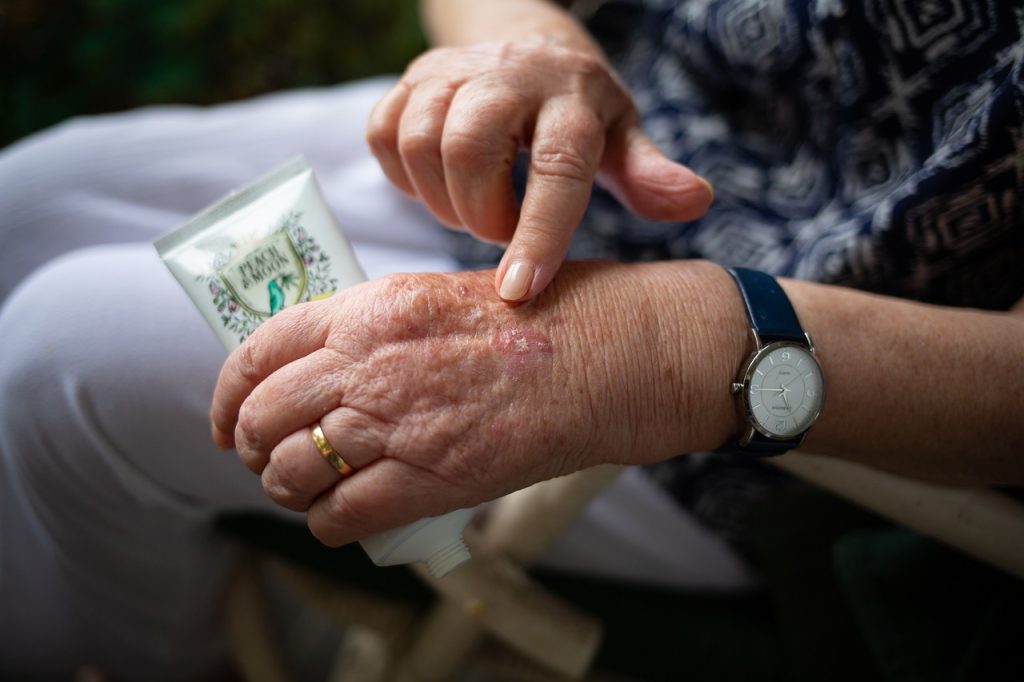Copper and Ozone are the Secret Ingredients for Cheaper Cancer Drug Production

Part of the reason cancer is such a devastatingly costly disease to treat is because cancer drugs are often require very expensive, specialised ingredients to produce. But thanks to pathbreaking research by UCLA chemists, led by organic chemistry professor Ohyun Kwon, the price of drug treatments for cancer and other serious illnesses may soon plummet.
For example, one chemical used in making some anti-cancer drugs costs US$3200 per gram – 50 times more than a gram of gold. The UCLA researchers devised an inexpensive way to produce this drug molecule from a chemical costing just US$3 per gram. They were also able to apply the process to produce many other chemicals used in medicine and agriculture for a fraction of the usual cost.
Their breakthrough, published in the journal Science, involves a process known as “aminodealkenylation.” Using oxygen as a reagent and copper as a catalyst to break the carbon-carbon bonds of many different organic molecules, the researchers replaced these bonds with carbon-nitrogen bonds, converting the molecules into derivatives of ammonia called amines.
Amines interact strongly with molecules in living plants and animals, so they are widely used in pharmaceuticals, as well as in agricultural chemicals. Familiar amines include nicotine, cocaine, morphine and amphetamine, and neurotransmitters like dopamine. Fertilisers, herbicides and pesticides also contain amines.
Industrial production of amines is therefore of great interest, but the raw materials and reagents are often expensive, and the processes can require many complicated steps to complete. Using fewer steps and no expensive ingredients, the process developed at UCLA can produce valuable chemicals at a much lower cost than current methods.
“This has never been done before,” Kwon said. “Traditional metal catalysis uses expensive metals such as platinum, silver, gold and palladium, and other precious metals such as rhodium, ruthenium and iridium. But we are using oxygen and copper, one of the world’s most abundant base metals.”
The new method uses ozone to break the carbon-carbon bond in alkenes (a form of hydrocarbon with double carbon-carbon bonds) and a copper catalyst to couple the broken bond with nitrogen, turning the molecule into an amine. In one example, the researchers produced a c-Jun N-terminal kinase inhibitor – an anti-cancer drug – in just three chemical steps, instead of the 12 or 13 steps previously needed. The cost per gram can thus be reduced from thousands of dollars to just a few dollars.
In another example, the protocol took just one step to convert adenosine – a neurotransmitter and DNA building block that costs less than 10 US cents per gram – into the amine N6-methyladenosine. The amine plays crucial roles in controlling gene expression in cellular, developmental and disease processes, and its production cost has previously been US$103 per gram.
Kwon’s research group was able to modify hormones, pharmaceutical reagents, peptides and nucleosides into other useful amines, showing the new method’s potential to become a standard production technique in drug manufacturing and many other industries.





